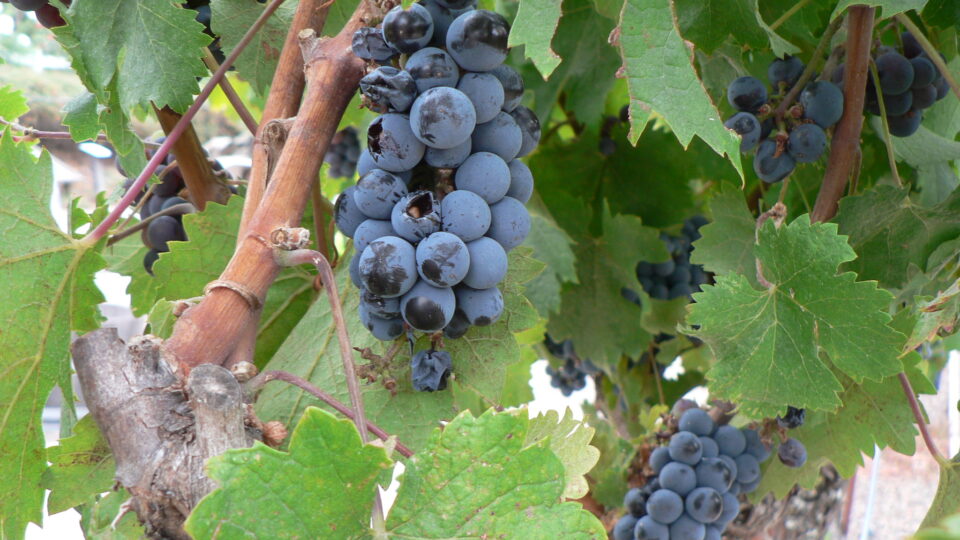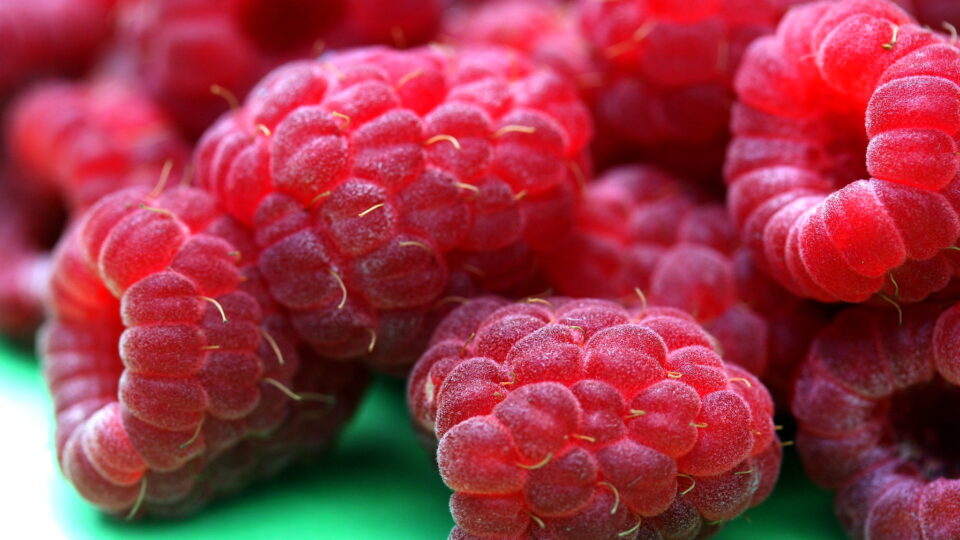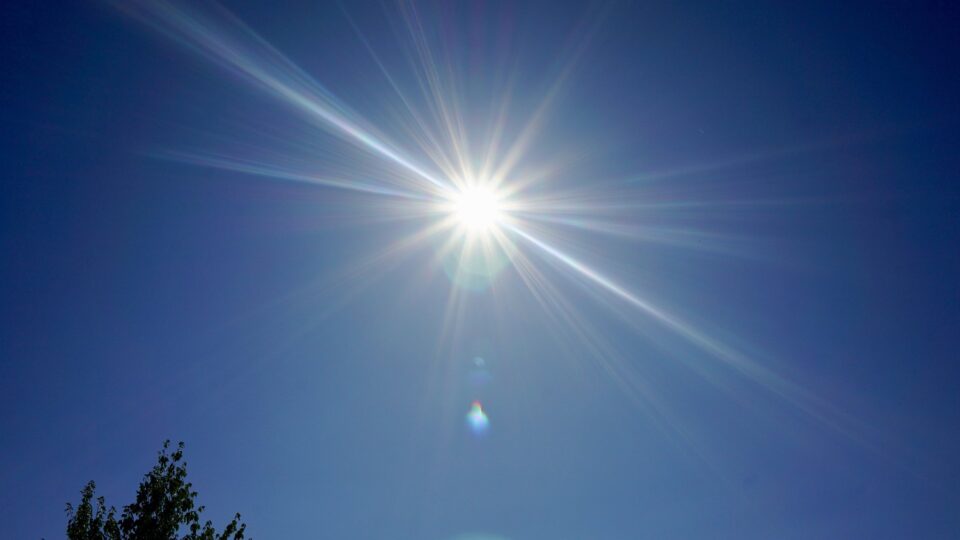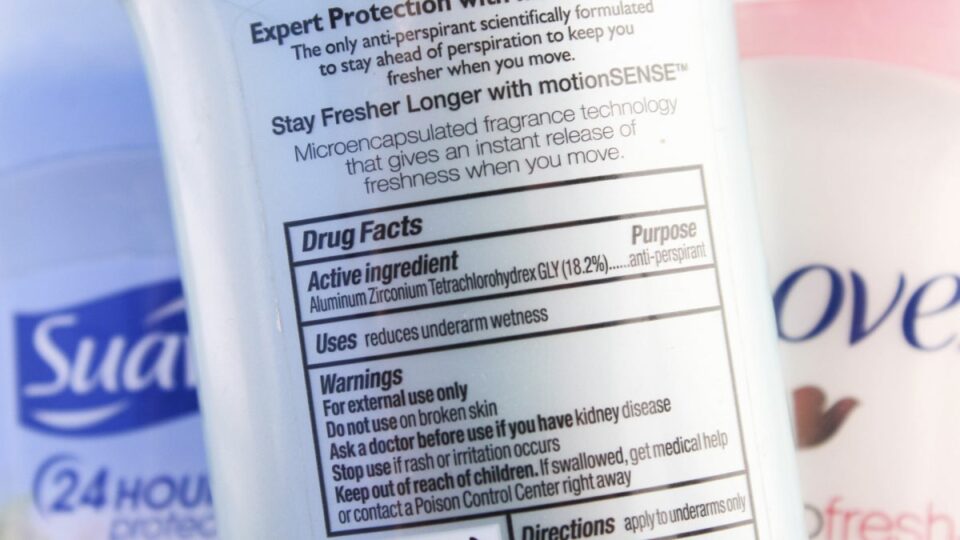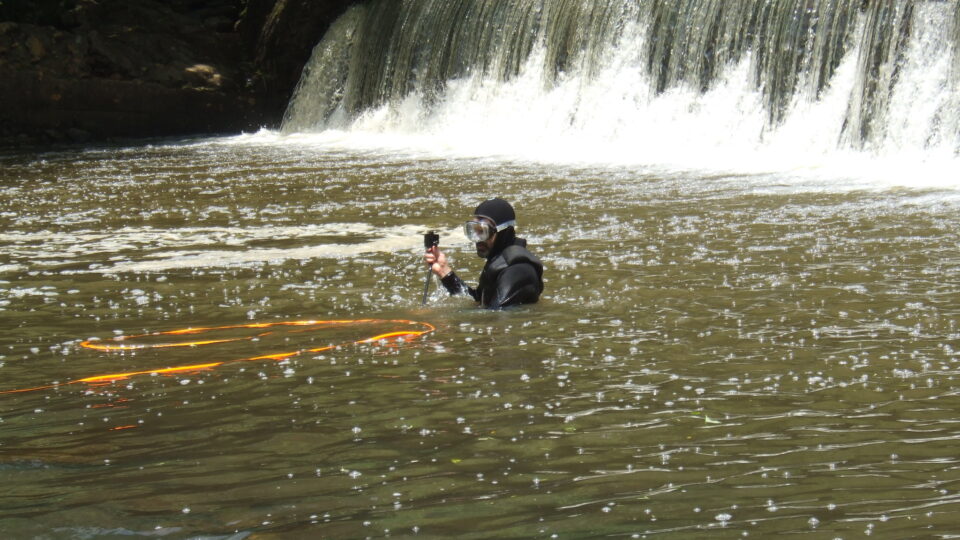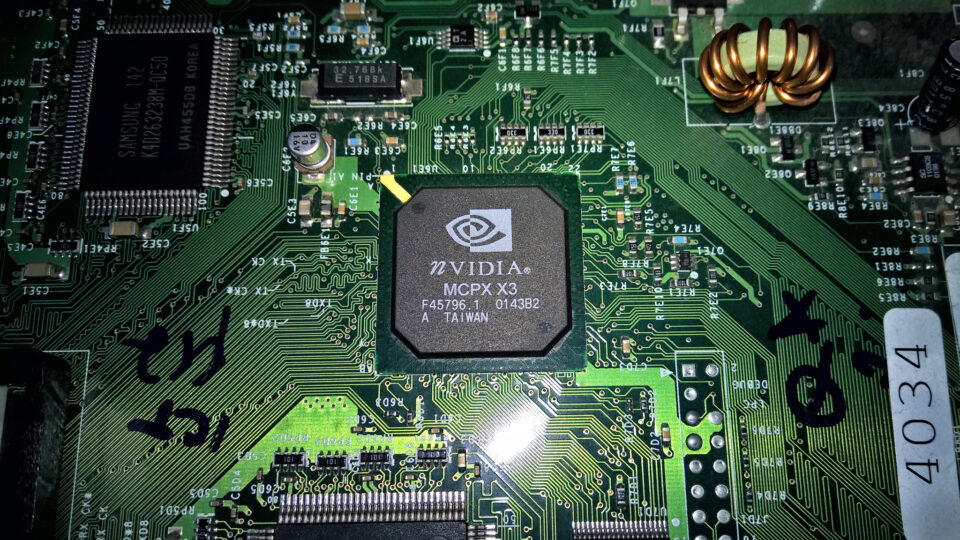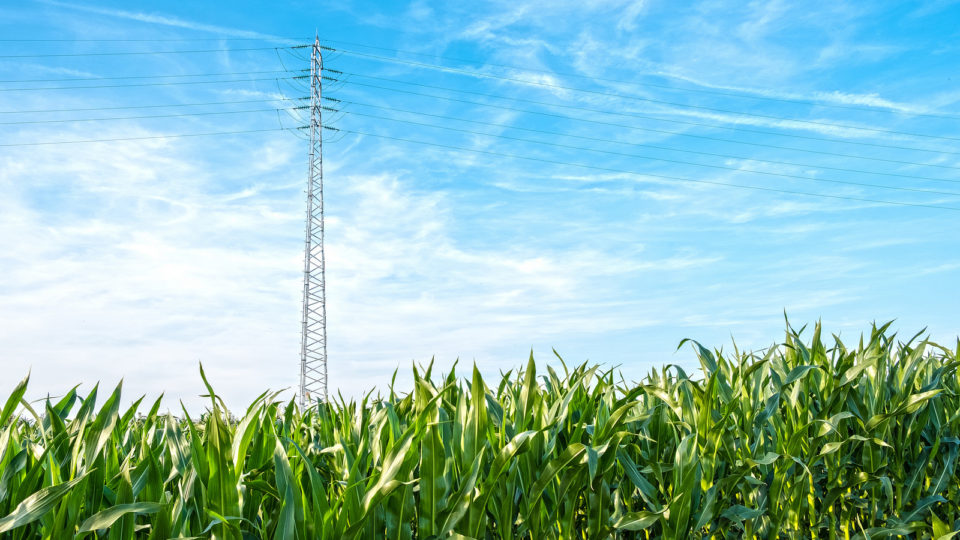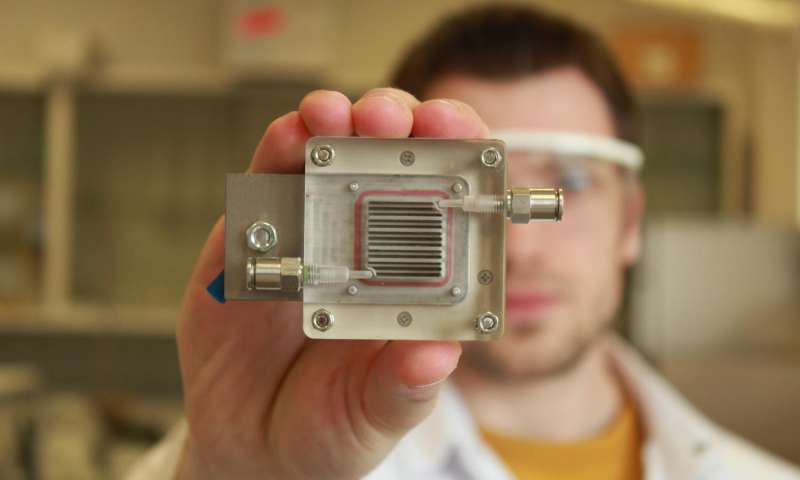So-called forever chemicals are pervasive in a wide range of products. These are man-made substances called per- and polyfluoroalkyls or PFAS. They get their unfortunate nickname because the chemical bonds in them are so strong that the compounds don’t break down for hundreds or even thousands of years.
PFAS compounds are used in makeup, dental floss, nonstick pans, food wrappers, pesticides, stain-resistant fabrics and carpets, firefighting foams, and more. High level exposure to some of these chemicals has been linked to a variety of health problems include high cholesterol, liver and immune system damage, pregnancy problems, and kidney and testicular cancer.
A recent study published in the journal Nature Geoscience has found that PFAS chemicals are showing up in water around the world. The study looked at more than 45,000 water samples and found that about 31% of ground water tested that wasn’t even near any obvious source of PFAS contamination had levels of the chemicals that are considered harmful to human health by the EPA. About 16% of surface water samples – streams, rivers, ponds, and lakes – also not near any known source, had similar hazardous PFAS levels.
The EPA has now imposed strict new drinking water limits for six types of PFAS. Going forward, water systems are required to monitor for these chemicals and remove them if they are found above allowable levels. The new rules make the United States one of the strictest countries in the world in terms of regulating PFAS in water.
**********
Web Links
EPA puts limits on ‘forever chemicals’ in drinking water
Photo, posted May 5, 2020, courtesy of Brandon Shaw via Flickr.
Earth Wise is a production of WAMC Northeast Public Radio

